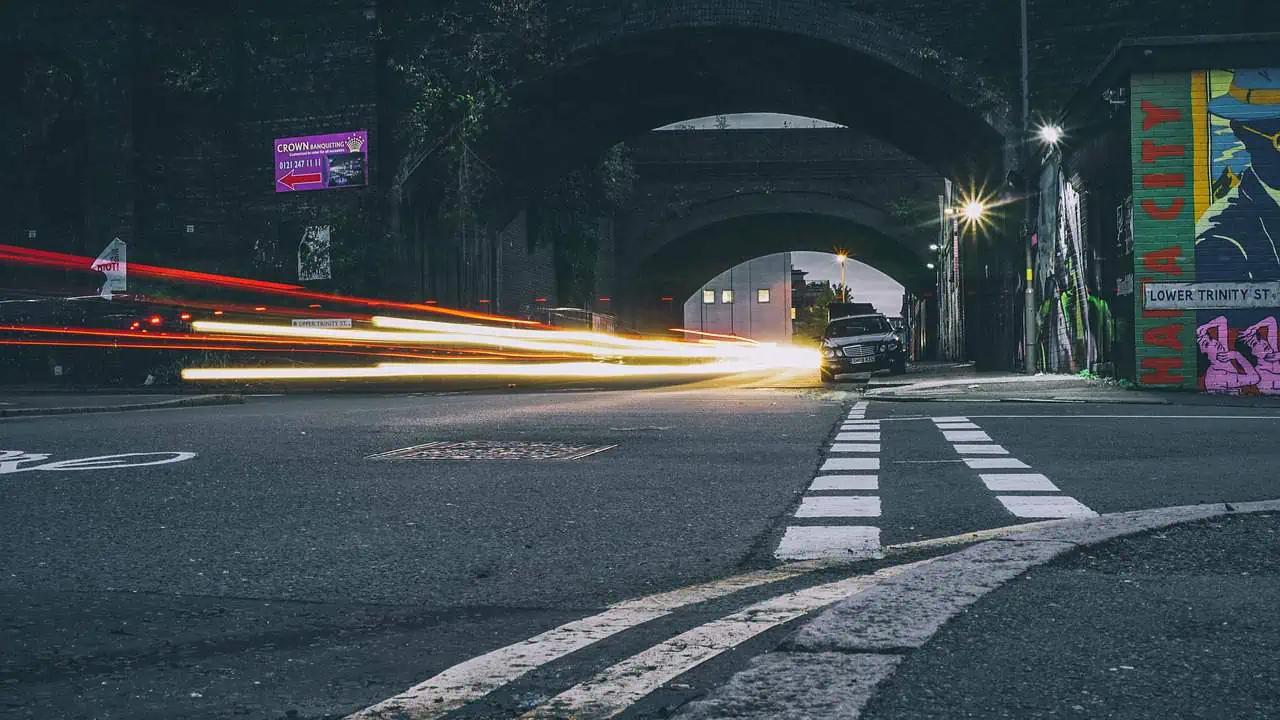
When you or your company are hired to paint those all-important signs on the road for traffic, you’ll need a few more options than a standard gloss paint!
Painting a road will require a bit more insight into the paint that’s being used, as well as the surface that it’s being painted onto. Otherwise, smearing and fading may happen quickly, leading to a failed job and your company losing that contract. Yikes!
Here, some of the options to paint road signs will be looked at, as well as what needs to be considered to do a good job.
Considerations
It seems simple enough; you have to put signs on a road, so you put down some paint. However, as any road lining and marking services manager will tell you, there’s a bit more to it than that. Obviously, some types of paint will be more costly than others, and if it isn’t in the budget, then the most suitable option for the surface may need to be put to one side.
Next, you’ll need to look at the surface that the paint is going to be applied to. Roads are no longer made of a single material, and for many road tops, there’s a mixture of asphalt and concrete. To ensure that the paint stays where it needs to and that it’s suitable for the surface, you’ll need to consider which paint works best.
Then there’s the traffic. If you’re set to paint line work on a main road in the center of a city, you’ll want paint that is bright, bold, and can take the pressure. Of course, if you’re hired to paint road markings on a lane in a small village, then a different type of paint may be more practical to use, as well as being cheaper!
Types of Paint
So, what kinds of paint are there? Here are the three main types that you’ll be asked to use based on where the job is taking place.
-
Traffic Paint
This is an umbrella term for paint that’s designed for road markings and signs. These paints are designed to be visible and durable, with exceptional adhesion to both concrete and asphalt. This paint also contains reflective beads, which allows car and vehicle users to see them more easily at night. Best of all, this paint is easy to remove.
-
Thermoplastic Paint
This is a popular option for line markings, including signs that are painted onto a road surface. This paint is hardier (and tougher to remove) as it’s made from glass beads, pigment, filler, and binder. The paint is a bit more expensive to apply, too, as it’s heated and applied as a molten liquid, which becomes solid as it cools.
-
Epoxy Paint
This paint is well known for having exceptional durability and adhesion. It’s easy to apply, but is resistant to abrasion and chemicals, meaning that it can’t be removed using grinding methods or paint strippers. However, it can be removed using hydroblasting. It’s ideal for use in areas where the road is going to be exposed to harsh weather conditions.
Removal of Paint
Sadly, even after all the effort of getting the paint onto the road, there’s still going to be a lot of pressure put on the area due to cars and pedestrians, meaning that inevitably, the paint will fade.
So, when you’re putting paint down on asphalt or the concrete, you’ll also need to consider the best options for the council or the city to remove it once it fades. The most popular way to remove road paint in 2023 is via hydroblasting, but if you’ve put thermoplastic paint on the concrete, this option may not work.
Be sure to consider how the paint will need to be removed before putting it on any surface, as the option that’s available for the road maintenance team may not gel well with the paint itself!
Also read:


